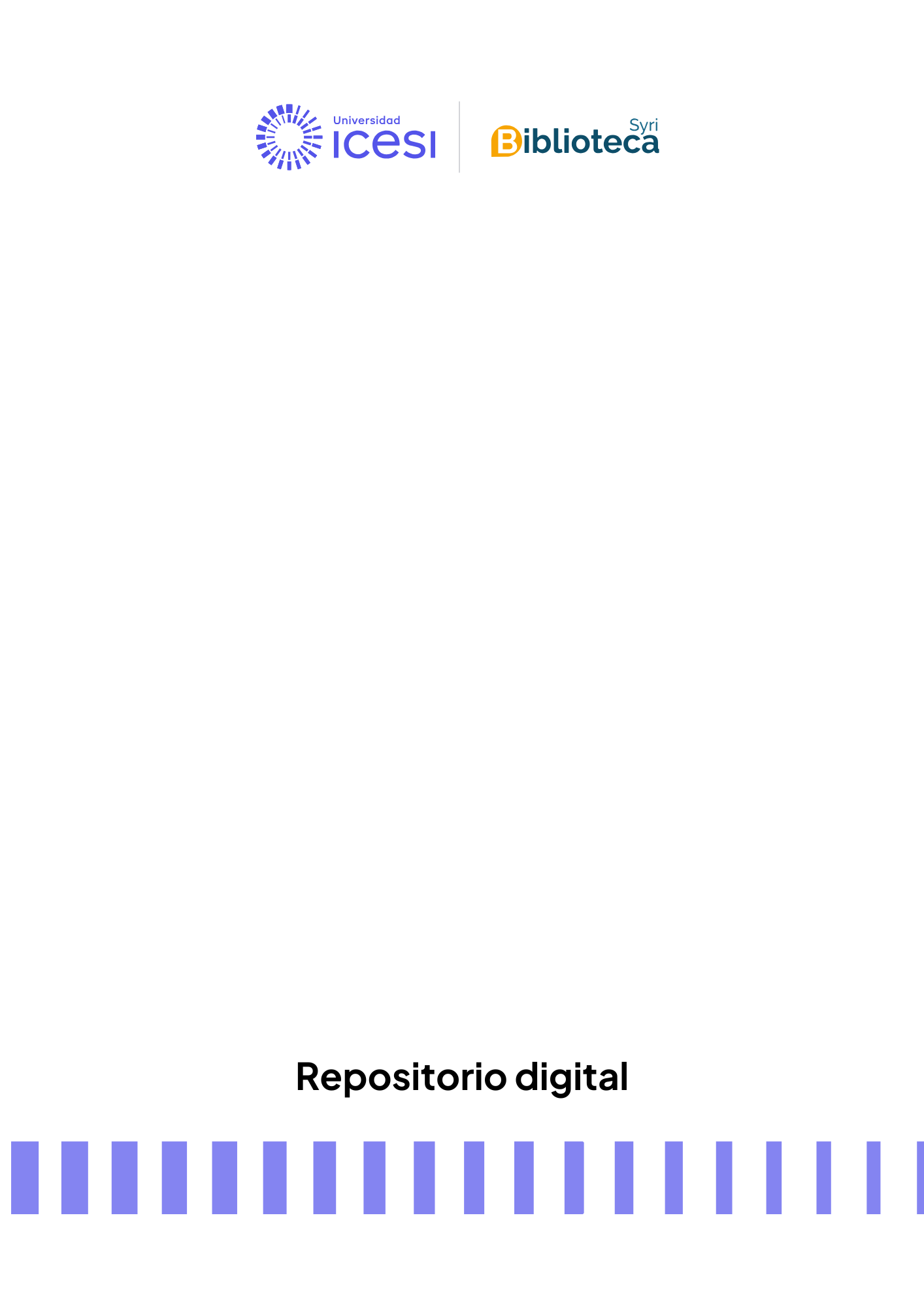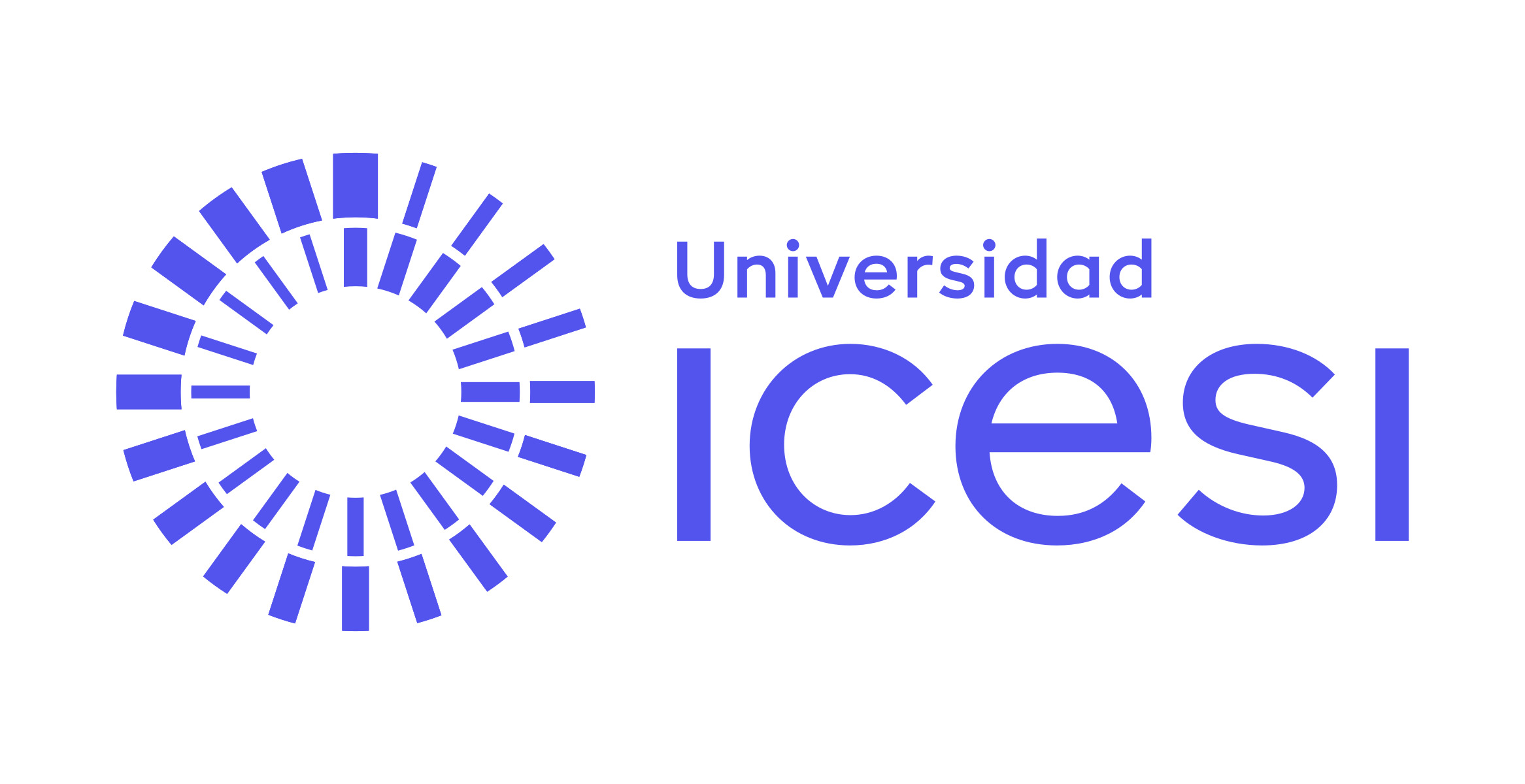Potential factors influencing the development of thrombocytopenia and consumptive coagulopathy after genetically modified pig liver xenotransplantation.
| dc.audience | Comunidad Universidad Icesi – Investigadores | spa |
| dc.citation.volume | 25 | |
| dc.contributor.author | Ezzelarab, Mohamed B. | spa |
| dc.coverage.spatial | New Jersey de Lat: 40 00 00 N degrees minutes Lat: 40.0000 decimal degrees Long: 075 00 00 W degrees minutes Long: -75.0000 decimal degrees | |
| dc.date.accessioned | 2015-10-14T21:57:24Z | |
| dc.date.available | 2015-10-14T21:57:24Z | |
| dc.date.issued | 2012-01-01 | |
| dc.description.abstract | Upregulation of tissue factor (TF) expression on activated donor endothelial cells (ECs) triggered by the immune response (IR) has been considered the main initiator of consumptive coagulopathy (CC). In this study, we aimed to identify potential factors in the development of thrombocytopenia and CC after genetically engineered pig liver transplantation in baboons. Baboons received a liver from either an α1,3-galactosyltransferase gene-knockout (GTKO) pig (n = 1) or a GTKO pig transgenic for CD46 (n = 5) with immunosuppressive therapy. TF exposure on recipient platelets and peripheral blood mononuclear cell (PBMCs), activation of donor ECs, platelet and EC microparticles, and the IR were monitored. Profound thrombocytopenia and thrombin formation occurred within minutes of liver reperfusion. Within 2 h, circulating platelets and PBMCs expressed functional TF, with evidence of aggregation in the graft. Porcine ECs were negative for expression of P- and E-selectin, CD106, and TF. The measurable IR was minimal, and the severity and rapidity of thrombocytopenia were not alleviated by prior manipulation of the IR. We suggest that the development of thrombocytopenia/CC may be associated with TF exposure on recipient platelets and PBMCs (but possibly not with activation of donor ECs). Recipient TF appears to initiate thrombocytopenia/CC by a mechanism that may be independent of the IR. | spa |
| dc.format.extent | 14 páginas | |
| dc.format.medium | Digital | spa |
| dc.format.mimetype | application/pdf | |
| dc.identifier.doi | http://dx.doi.org/10.1111/j.1432-2277.2012.01506.x | |
| dc.identifier.instname | instname:Universidad Icesi | |
| dc.identifier.issn | 0934-0874 | |
| dc.identifier.other | http://apps.webofknowledge.com/full_record.do?product=UA&search_mode=GeneralSearch&qid=31&SID=4BDShD6T2KTBoAZU7Ey&page=1&doc=1 | spa |
| dc.identifier.reponame | reponame:Biblioteca Digital | |
| dc.identifier.repourl | repourl:https://repository.icesi.edu.co/ | |
| dc.identifier.uri | http://hdl.handle.net/10906/78505 | |
| dc.language.iso | eng | eng |
| dc.publisher | Wiley | |
| dc.publisher.department | Departamento de Ciencias Básicas Médicas | |
| dc.publisher.faculty | Facultad Ciencias de la Salud | spa |
| dc.publisher.place | New Jersey | |
| dc.publisher.program | Medicina | spa |
| dc.relation.citationendpage | 896 | |
| dc.relation.citationstartpage | 882 | |
| dc.relation.ispartof | Transplant International, Vol. 25, No. 8 - 2012 | |
| dc.rights | EL AUTOR, expresa que la obra objeto de la presente autorización es original y la elaboró sin quebrantar ni suplantar los derechos de autor de terceros, y de tal forma, la obra es de su exclusiva autoría y tiene la titularidad sobre éste. PARÁGRAFO: en caso de queja o acción por parte de un tercero referente a los derechos de autor sobre el artículo, folleto o libro en cuestión, EL AUTOR, asumirá la responsabilidad total, y saldrá en defensa de los derechos aquí autorizados; para todos los efectos, la Universidad Icesi actúa como un tercero de buena fe. Esta autorización, permite a la Universidad Icesi, de forma indefinida, para que en los términos establecidos en la Ley 23 de 1982, la Ley 44 de 1993, leyes y jurisprudencia vigente al respecto, haga publicación de este con fines educativos. Toda persona que consulte ya sea la biblioteca o en medio electrónico podrá copiar apartes del texto citando siempre la fuentes, es decir el título del trabajo y el autor. | spa |
| dc.rights.accessrights | info:eu-repo/semantics/openAccess | spa |
| dc.rights.coar | http://purl.org/coar/access_right/c_abf2 | |
| dc.rights.license | Atribución-NoComercial-SinDerivadas 4.0 Internacional (CC BY-NC-ND 4.0) | |
| dc.rights.uri | http://creativecommons.org/licenses/by-nc-nd/4.0/ | |
| dc.subject.proposal | Trombocitopenia | spa |
| dc.subject.proposal | Coagulopatias | spa |
| dc.subject.proposal | Xenotrasplantes | spa |
| dc.subject.proposal | Trasplante de higado | spa |
| dc.subject.proposal | Ciencias socio biomédicas | spa |
| dc.subject.proposal | Medical sciences | eng |
| dc.title | Potential factors influencing the development of thrombocytopenia and consumptive coagulopathy after genetically modified pig liver xenotransplantation. | spa |
| dc.type.coar | http://purl.org/coar/resource_type/c_2df8fbb1 | |
| dc.type.coarversion | http://purl.org/coar/version/c_970fb48d4fbd8a85 | |
| dc.type.driver | info:eu-repo/semantics/article | eng |
| dc.type.local | Artículo | spa |
| dc.type.version | info:eu-repo/semantics/publishedVersion |
Archivos
Bloque original
1 - 1 de 1

- Nombre:
- ekser_potential_influencing_2012.pdf
- Tamaño:
- 1.08 MB
- Formato:
- Adobe Portable Document Format
